How Substance Abuse Fuels Depressive Disorder: Causes, Risks, and Treatment
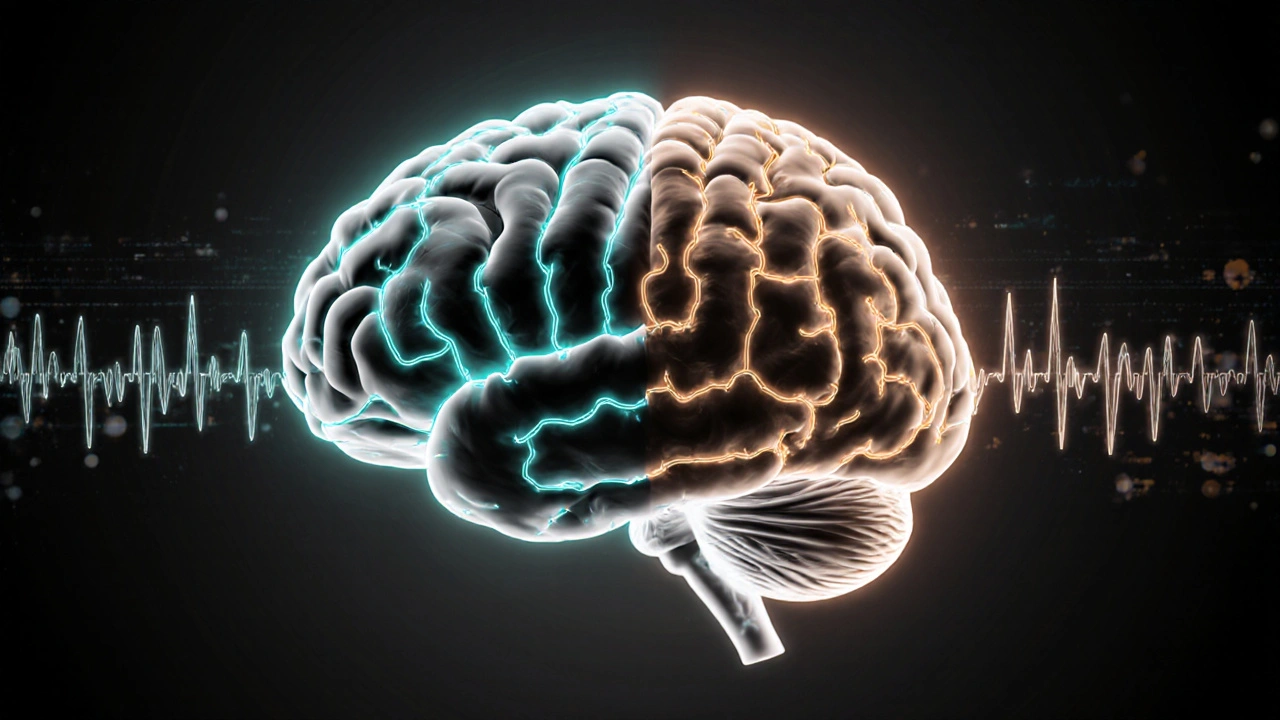
When substance abuse and depressive disorder show up together, the health stakes rise dramatically. Understanding why they co‑occur, how they reinforce each other, and what works in treatment can be a game‑changer for anyone facing this double‑whammy.
Quick Takeaways
- Substance abuse and depressive disorder share common brain pathways, making co‑occurrence common (about 30‑50% of people with one condition have the other).
- Key risk factors include genetics, chronic stress, early trauma, and social isolation.
- Dual‑diagnosis treatment that addresses both conditions simultaneously yields the best outcomes.
- Screening tools such as the PHQ‑9 and ASSIST help clinicians spot the overlap early.
- Integrated approaches-medication, CBT, and peer support-reduce relapse rates by up to 40%.
What Exactly Is Substance Abuse?
Substance abuse is the harmful or hazardous use of psychoactive substances-including alcohol, opioids, stimulants, and cannabis-that leads to health, social, or legal problems. It is measured by frequency, quantity, and the degree of loss of control over the substance.
Defining Depressive Disorder
Depressive disorder (often called major depressive disorder) is a mood condition marked by persistent sadness, loss of interest, and a range of physical and cognitive symptoms that last at least two weeks and impair daily functioning.
Why Do They Appear Together? The Dual‑Diagnosis Link
Clinicians call the overlap "dual diagnosis" or "co‑occurring disorder." Dual diagnosis describes a patient who meets criteria for both substance abuse and a depressive disorder simultaneously.
Three main mechanisms explain the link:
- Self‑medication. People use alcohol or drugs to numb depressive feelings, but the substances eventually worsen mood regulation.
- Neurochemical disruption. Substances alter neurotransmitters-especially serotonin, dopamine, and norepinephrine-that are also central to depression.
- Shared risk factors. Genetics, early trauma, and chronic stress predispose individuals to both conditions.
Brain Chemistry: Neurotransmitters in Play
Neurotransmitters are chemical messengers that transmit signals across synapses. In both substance abuse and depressive disorder, the balance of serotonin, dopamine, and glutamate is disturbed.
For example, chronic alcohol intake lowers serotonin levels, a key driver of mood stability. Stimulants like cocaine flood dopamine pathways, creating a short‑term high but eventually depleting the brain’s reward system, which can precipitate depressive episodes during withdrawal.
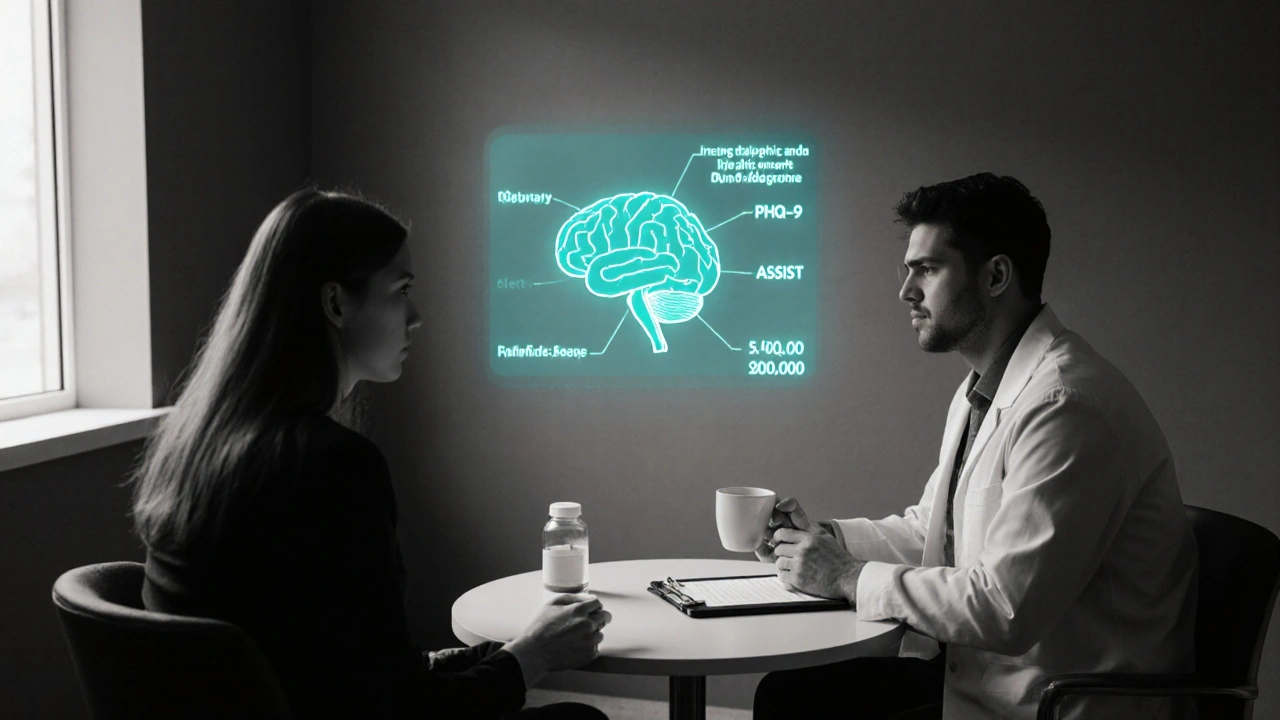
Who Is Most at Risk? Key Risk Factors
Understanding who is most vulnerable helps target prevention. The most common risk factors include:
- Genetic predisposition: Family studies show a 40‑60% heritability for both conditions.
- Early life trauma: Childhood abuse or neglect triples the odds of later co‑occurrence.
- Chronic stress: Unrelenting job pressure or financial insecurity drives both substance use and depressive symptoms.
- Social isolation: Lack of supportive relationships increases the likelihood of self‑medication.
- Co‑morbid medical illness: Chronic pain, HIV, or diabetes often lead to both depression and prescription‑opioid misuse.
How Do Clinicians Spot the Overlap? Screening Tools
Early identification is vital. Two widely used instruments are:
| Tool | Primary Focus | Typical Cut‑off Score | Time to Administer |
|---|---|---|---|
| PHQ‑9 | Depressive symptoms | ≥10 indicates moderate depression | 5‑7 minutes |
| ASSIST (Alcohol, Smoking and Substance Involvement Screening Test) | Substance‑use risk | Score≥4 for moderate risk | 5‑10 minutes |
| Mental Health and Substance Abuse Checklist (MHSAC) | Combined assessment | Varies by item | 10‑12 minutes |
Treatment Options: Integrated Approaches That Work
Treating either condition in isolation often leads to relapse. Integrated treatment approaches combine medication, psychotherapy, and social support.
- Medication Management. Antidepressants (SSRIs, SNRIs) are safe when paired with approved substance‑use medications like buprenorphine or naltrexone. Careful monitoring avoids dangerous interactions.
- Cognitive‑Behavioral Therapy (CBT) for Dual Diagnosis. CBT targets distorted thoughts that fuel both substance cravings and depressive rumination.
- Motivational Interviewing (MI). MI helps patients resolve ambivalence about change, a key step before any pharmacologic plan.
- Contingency Management. Offering tangible rewards for drug‑free tests improves abstinence rates, and the sense of achievement also lifts mood.
- Peer Support Groups. 12‑step programs, SMART Recovery, and depression‑focused groups provide ongoing accountability.
Research from the National Institute on Drug Abuse (2023) shows that integrated programs reduce relapse by 35‑45% compared with sequential treatment.
Common Pitfalls to Avoid
- Under‑treating depression. Prescribing only a substance‑use medication leaves mood symptoms unchecked, leading to relapse.
- Skipping the screening. Without tools like PHQ‑9, clinicians may miss mild depression that nevertheless drives substance use.
- Ignoring psychosocial factors. Stressful home environments, unemployment, or lack of housing must be addressed alongside medical care.
- Relying on one‑size‑fits‑all programs. Tailor treatment to the specific substance (e.g., opioid‑specific medication) and severity of depression.
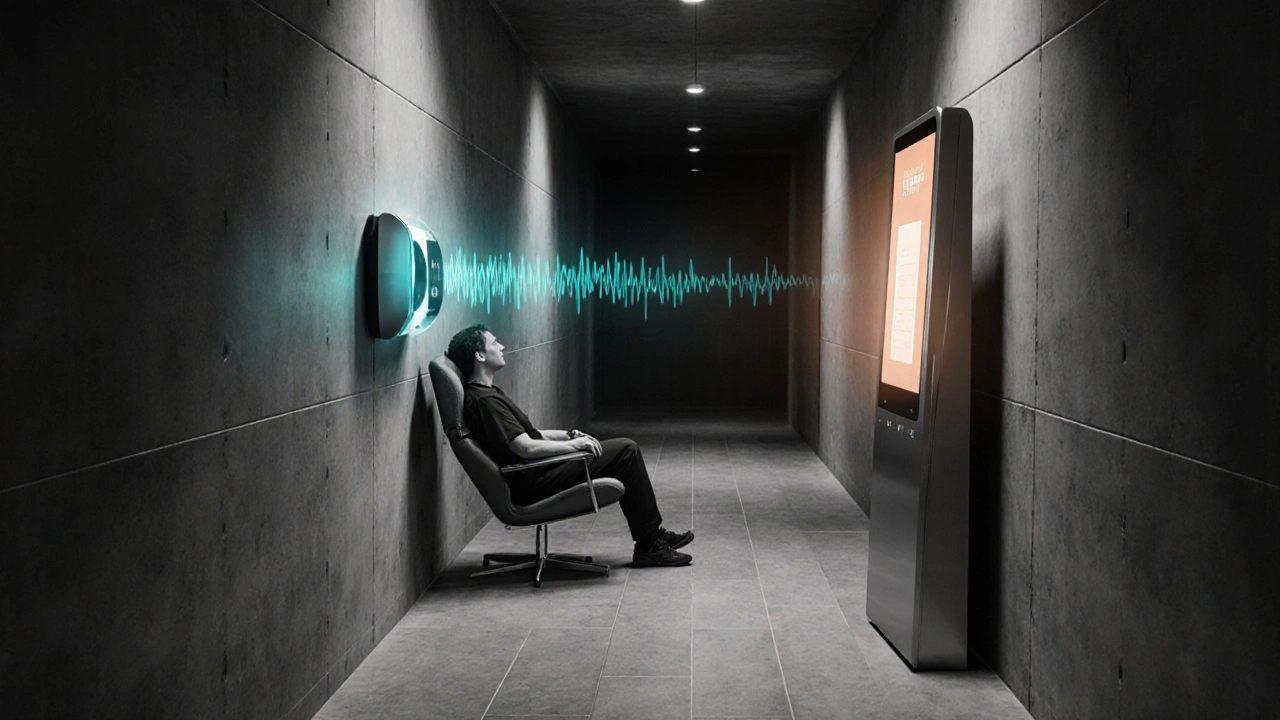
Real‑World Example: A 32‑Year‑Old Engineer
James (pseudonym) struggled with weekend binge drinking after a demanding project at his firm. Over six months, his mood darkened, sleep was erratic, and he began missing deadlines. His doctor administered the PHQ‑9 (score13) and the ASSIST (score5 for alcohol). Recognizing dual diagnosis, James entered an integrated program that combined brief CBT, an SSRI, and weekly MI sessions. Within three months, his drinking reduced to occasional social use, and his PHQ‑9 fell to 6. The case demonstrates how simultaneous treatment restores both function and well‑being.
Looking Ahead: Emerging Research and Future Directions
Two promising avenues are gaining traction:
- Neuromodulation. Techniques like transcranial magnetic stimulation (TMS) show benefit for treatment‑resistant depression and may also reduce cravings.
- Digital Therapeutics. Mobile apps that deliver CBT modules and real‑time craving alerts are being trialled, with early data indicating a 20% boost in adherence.
As evidence accumulates, we expect to see broader insurance coverage for combined digital‑plus‑clinical plans, making care more accessible.
Key Takeaway Checklist
- Screen for both conditions early using PHQ‑9 and ASSIST.
- Address shared neurochemical pathways with coordinated medication.
- Incorporate CBT, MI, and peer support into a single treatment plan.
- Monitor risk factors-trauma history, chronic stress, social isolation-and intervene.
- Stay informed about emerging tools like TMS and digital therapeutics.
Frequently Asked Questions
Can I have depression without using substances?
Yes. Depression can arise from genetics, brain chemistry, or life stressors alone. However, many people turn to alcohol or drugs to cope, which can trigger a dual‑diagnosis cycle.
Does treating depression first help stop substance abuse?
Treating only depression often isn’t enough. If the substance use continues, the depressogenic effects of the drug can undo mood improvements. Integrated care that tackles both simultaneously produces the highest success rates.
Are there safe antidepressants for people on opioid replacement therapy?
Selective serotonin reuptake inhibitors (SSRIs) such as sertraline and escitalopram have minimal interaction with buprenorphine or methadone, making them common first‑line choices. Always coordinate with a prescribing clinician.
How long does integrated treatment usually last?
Programs often start with an intensive 12‑week phase, followed by a maintenance period that can extend 6‑12 months depending on relapse risk and personal progress.
Is it possible to fully recover from both conditions?
Many individuals achieve sustained remission with proper treatment and support. Recovery is often a lifelong process of monitoring, coping‑skill use, and periodic professional check‑ins.

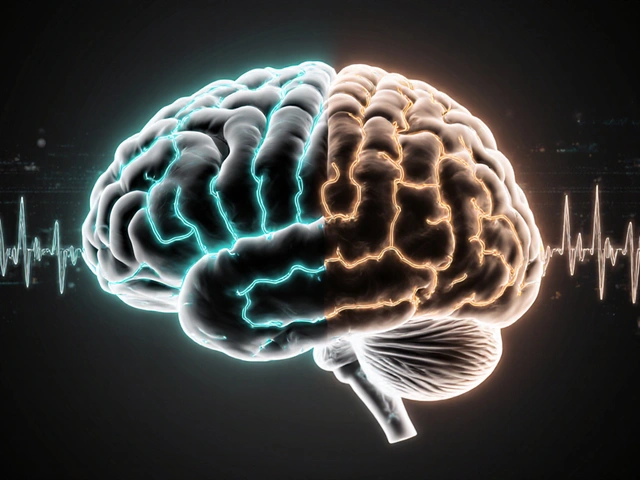


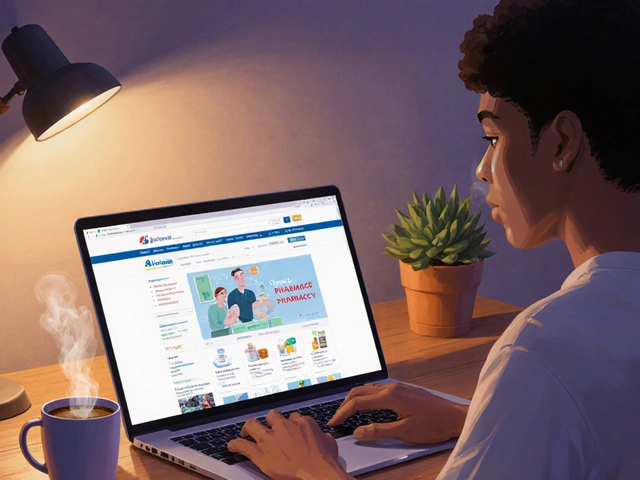

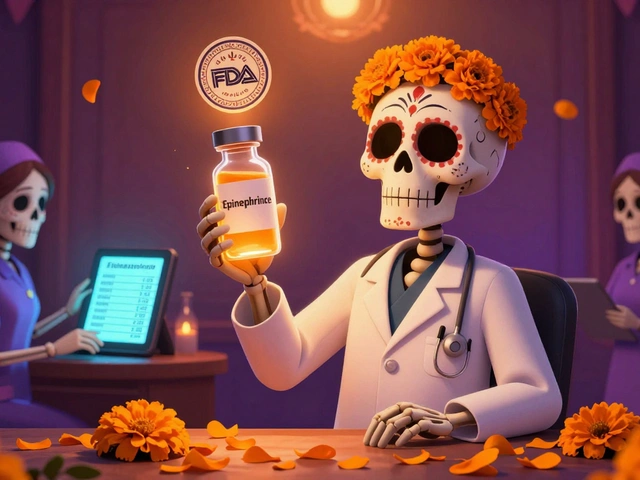

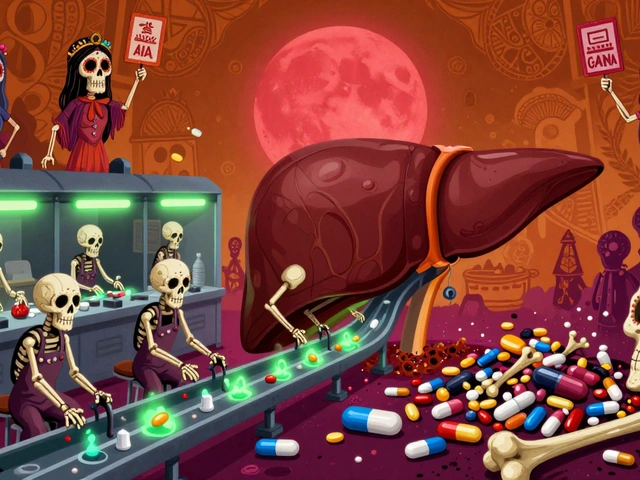
Great overview of how substance use and depression intertwine.
I really feel you, this stuff is so tough, and it can feel hopeless at times, but know you're not alone in this fight, many have walked this path and definatly found ways to heal.
Thanks for sharing this detailed info. It really helps to see how the brain chemistry overlaps, and I can understand why treatment needs to hit both sides. I’ve seen friends struggle with alcohol and low mood, and the dual‑diagnosis approach made a huge diffrence for them. Hopefully more clinics adopt this model soon.
Exactly, the data backs it up and we need to act now.
Oh sure, because mixing meds and therapy is always a flawless recipe, right?
The interplay between chemicals in our brain is a symphony, not a random noise. When substances hijack dopamine pathways, they draft a temporary crescendo that soon fades into a dissonant echo of depression. Imagine serotonin as the gentle violin that steadies the rhythm, only to be muffled by the harsh brass of alcohol or stimulants. This cacophony doesn’t just affect mood; it rewires neural circuits, making recovery feel like climbing a mountain shrouded in fog. That’s why integrated treatment is more than a buzzword-it’s a carefully composed arrangement of medication, therapy, and support. Each component acts as an instrument, harmonizing to restore balance and give the patient a chance to hear their own inner melody again. The evidence from NIDA 2023 shows a substantial drop in relapse when we concert these approaches, a statistic that sings louder than any single‑modality study. Moreover, therapies like CBT act as a conductor, guiding thoughts away from the chaotic improvisation of cravings. Peer groups provide the choir, offering resonance and echo that reinforce positive change. Even emerging tools like TMS and digital apps are like new instruments, expanding the orchestra’s capacity to treat resistant cases. But remember, no instrument can play alone; they need a skilled maestro- a clinician who understands the whole composition. Patients who feel heard and supported are more likely to stay engaged, turning the tentative notes of recovery into a full‑blown symphony. It’s also crucial to address the underlying trauma that often writes the dark verses of this song. By weaving together neuroscience, psychology, and community, we craft a masterpiece of healing. So let’s keep fine‑tuning our approaches, because the next movement could bring even greater hope for those facing this dual‑diagnosis duel.
Our healthcare system has been soft‑spoken for too long; we need a hardcore, evidence‑driven protocol that cuts through the political fluf and delivers results, not excuses.
Hey there, I totally get where you’re coming from, and I think it’s awesome that you want strong protocols, but we also have to remember that every patient’s story is unique and shaped by cultural, social, and economic factors. In my experience working across community clinics, I’ve seen that a one‑size‑fits‑all approach can sometimes leave out those who are most vulnerable, especially in rural areas where access is limited. By blending rigorous evidence‑based guidelines with flexible, patient‑centered adaptations, we can create a model that’s both tough on the disease and compassionate toward the person. Let’s also bring in peer support networks, because they often bridge the gap between clinical care and everyday life. I believe that an inclusive framework not only improves adherence but also builds trust, which is essential for long‑term recovery. So, while we push for stronger standards, let’s keep the door open for individualized tweaks that honor each person’s journey.
Thank you for the thorough breakdown; the integration of screening tools like PHQ‑9 and ASSIST really highlights the need for early detection.
Honestly, I think the whole focus on screening is a distraction. The pharma giants are pushing these questionnaires to get more prescriptions, and the data gets sold to insurance companies. They don’t want you to see the real root causes like governmental control and mind‑altering media. Wake up, people.
Oh my gosh, this article hits so hard!!! The way you described the brain chemistry makes me feel all the feels, and I just can’t stop thinking about how many people suffer in silence!!!
Interesting viewpoint 😊 but remember, data > feelings. 🧠📊
While your enthusiasm is appreciated, there are a few punctuation errors: “hits so hard!!!” should be “hits so hard!” and “feelings!!!” should be “feelings!” Keeping punctuation tidy improves readability.
Actually, the original author intended the triple exclamation for emphasis; it's a stylistic choice, not an error. 😎
Wow, reading this piece was like embarking on an emotional roller‑coaster that twisted through the valleys of despair and climbed the peaks of hope, all while juggling the relentless tide of scientific jargon that left my head spinning like a carousel in a hurricane. I found myself holding my breath as each new statistic dropped, wondering how many souls are silently battling this invisible war, and then feeling a surge of optimism when the article mentioned integrated treatment options that could finally light the path out of the darkness. It’s rare to encounter a write‑up that balances raw data with heartfelt compassion, and I truly appreciate the dedication that went into assembling such a comprehensive guide. Thank you for shining a beacon for those lost in the fog.